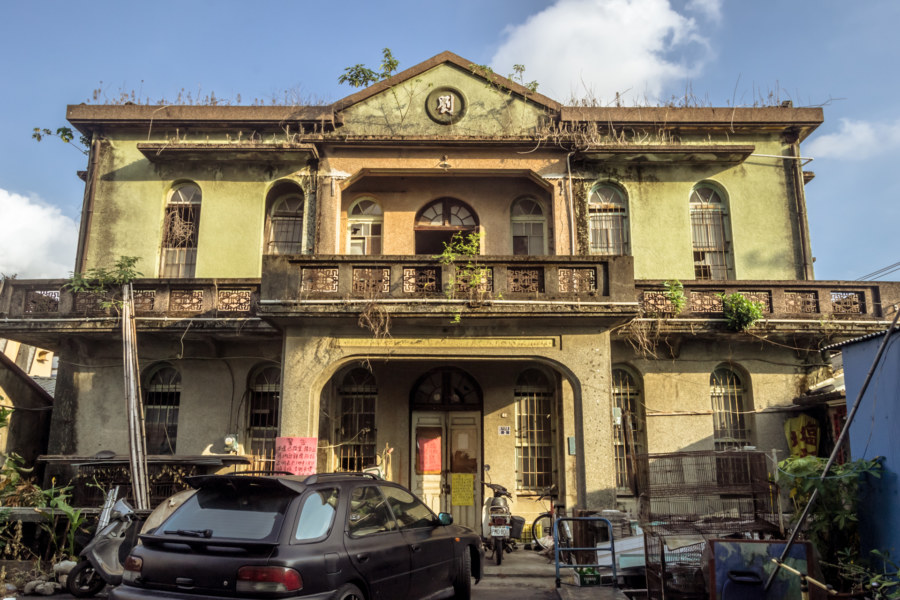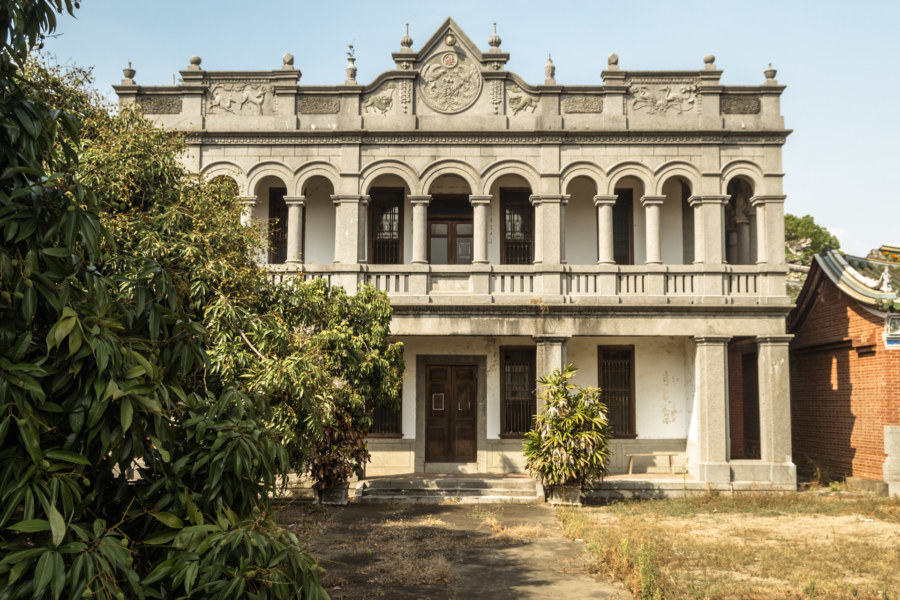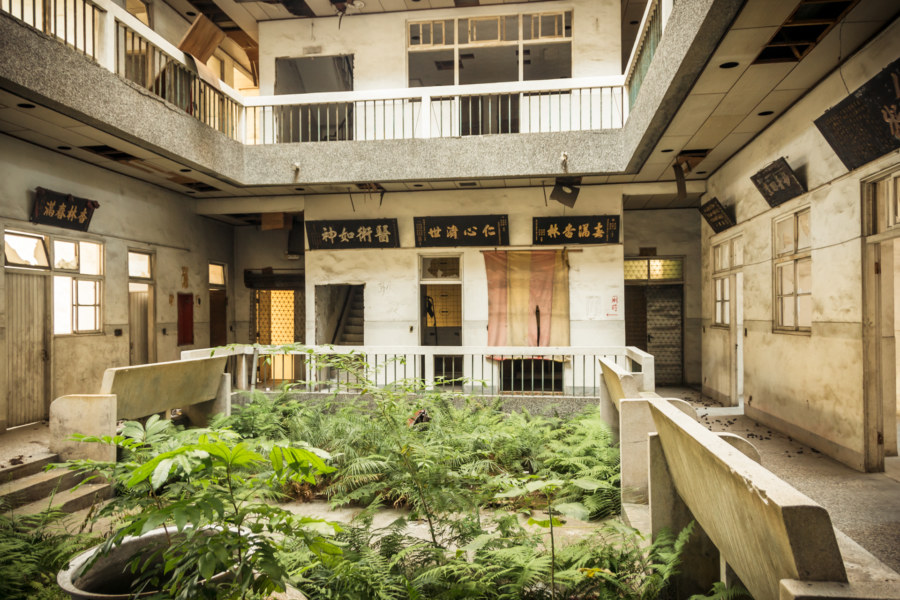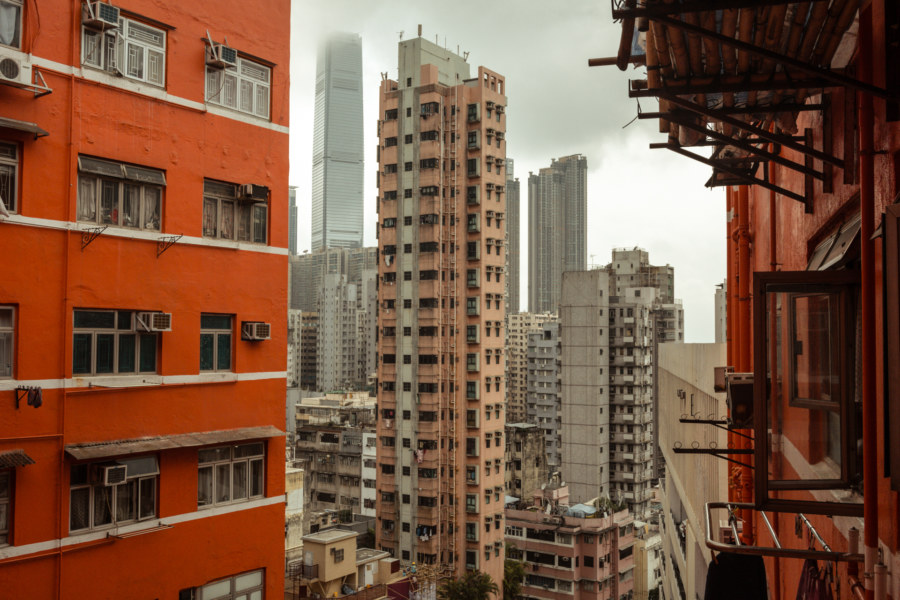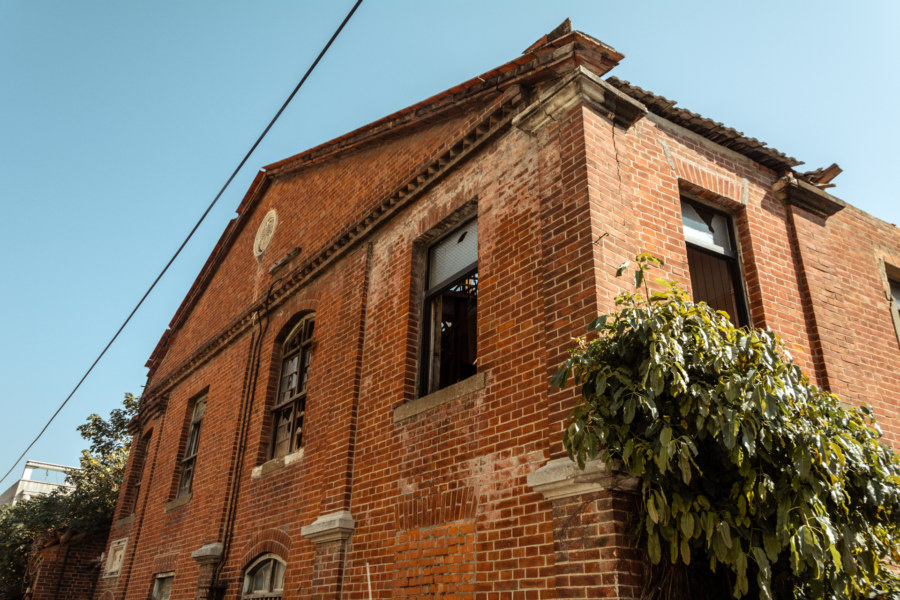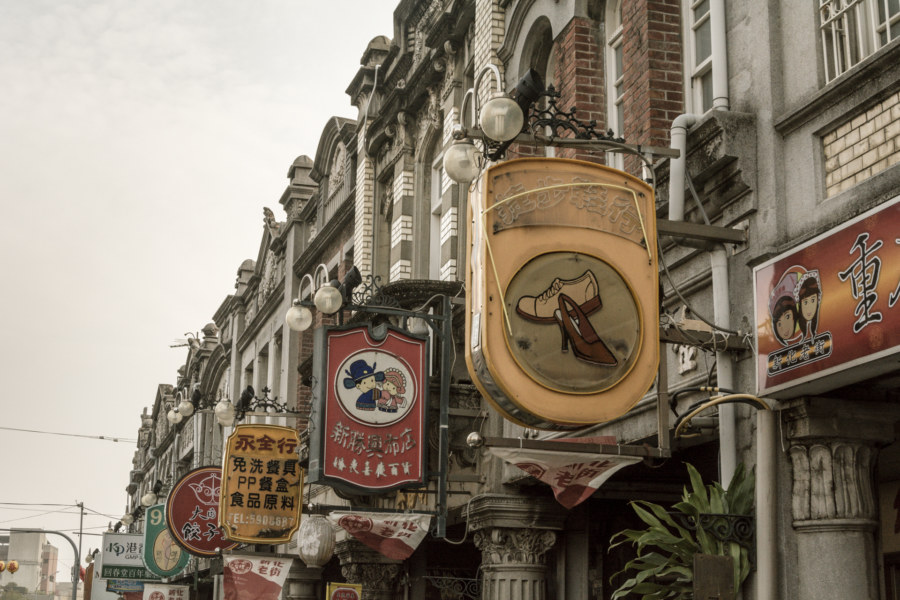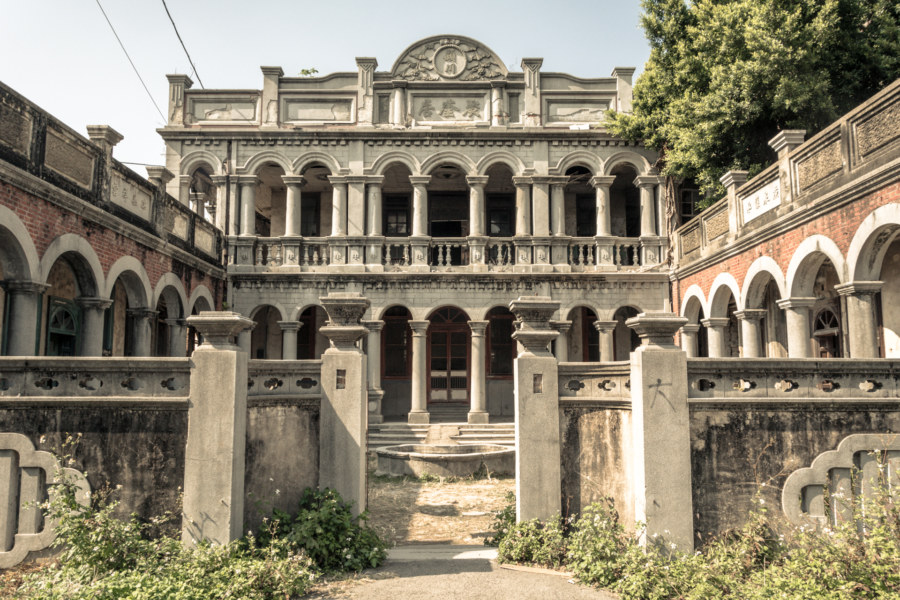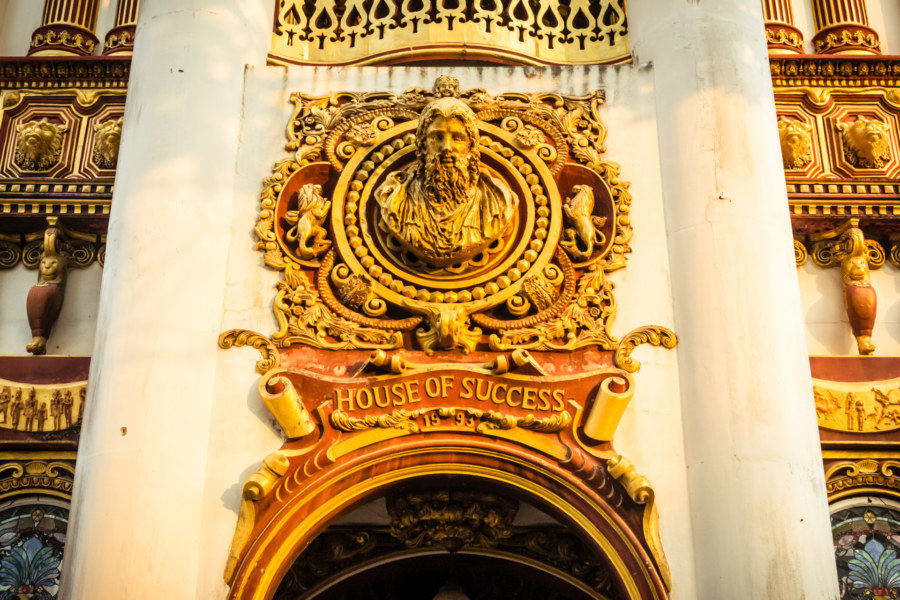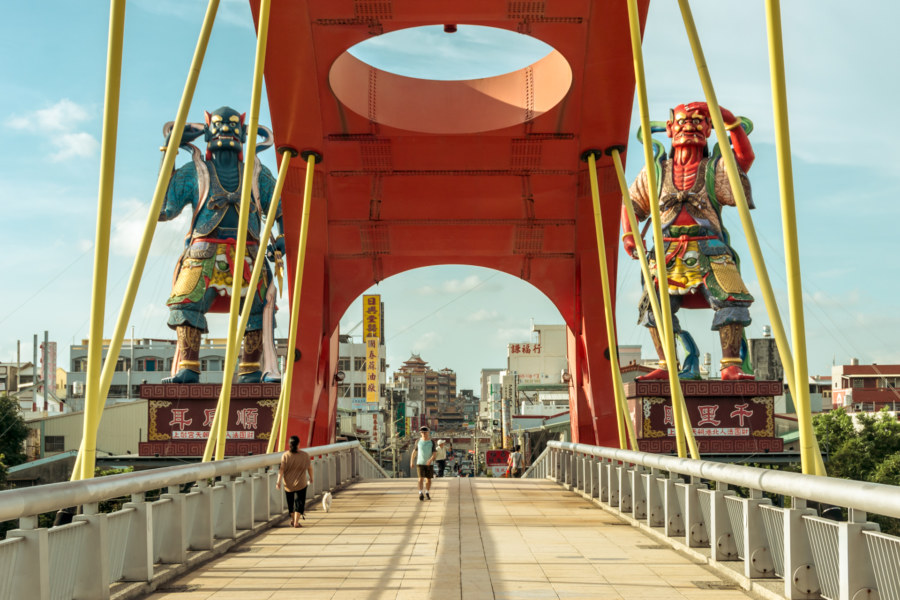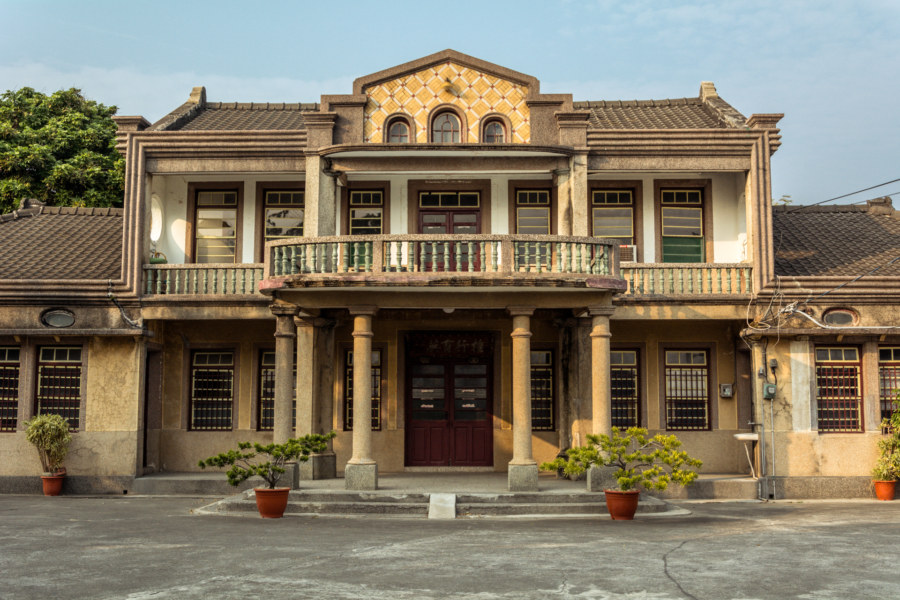I noticed this old-fashioned western-style mansion on the outskirts of Chaozhou in Pingtung while cycling through the deep south of Taiwan in 2015. In a sea of ugly metal shacks and bland concrete apartment blocks it is a rare pleasure to encounter a building like this one. I also enjoy the challenge of trying to learn something of the history of such places. Usually with some knowledge of the local area and the family name on the facade I can piece something together from blogs and government records—but this time I’m stumped, and I’m not the only one. Just about all that is known for certain is the name, Liu House 劉厝, which came up in some real estate records. Based on my growing familiarity with Japanese colonial era architecture I would guess this mansion dates back to the 1930s or so.
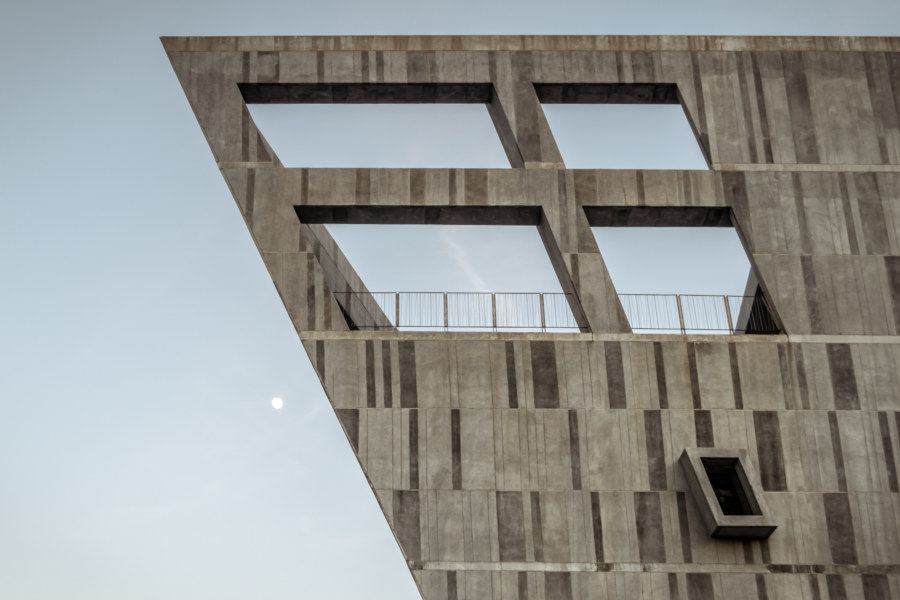
This section features anything to do with architecture, particularly in urban spaces. See also: buildings and urbex.
Subterms
Yumei Hall 玉美堂
Yùměi Hall 玉美堂, also known as known as Hóng Family Mansion 洪氏洋樓, is located in Jiālǎo Village 茄荖村, a small settlement on the eastern edge of Fenyuan in Changhua, Taiwan. Built in the late 1920s when the village was administered as part of Caotun in Nantou, it is one of only a handful of “Western-style” country manors built in central Taiwan during the Japanese colonial period (see my post about Jùkuíjū 聚奎居 for another great example).
Xinglin General Hospital 杏林綜合醫院
Xìnglín General Hospital 杏林綜合醫院 is perhaps the most famous ruin in downtown Tainan, Taiwan. It opened for business in 1975 as the largest hospital in the city and catered to the burgeoning middle class during the boom times of the Taiwan Economic Miracle. In 1993 the hospital shut down after being plagued by a number of scandals involving fraudulent records, medical malpractice, and allegations of wrongful death. Ongoing legal battles and fragmented ownership have left the building abandoned and neglected since then.
Postcards From Kowloon 九龍明信片
Kowloon was my first experience of Asia back in 2012. Anytime I return to Hong Kong I stay there for at least a couple of nights. It helps that many of the most affordable hotels are located in Kowloon—but I also like how gritty, rundown, and real it is, particularly when compared to the naked display of wealth and privilege seen on the other side of Victoria Harbour on Hong Kong Island itself.
Last weekend I crossed the strait for a brief visa run and, after finding an excellent deal on a hotel on Agoda, once again found myself lost in the immensity of Kowloon. Naturally I spent a good part of my trip wandering around the city documenting my impressions. Collected here are several of my photos from this trip…
Yangliufeng Mansion 楊柳風燒酒全故宅
During the Japanese colonial era the liquor trade in Taiwan—along with tobacco, camphor, and several other goods—was tightly controlled by a government agency, the Monopoly Bureau. Alcohol was sold exclusively through a network of authorized distributors, many of whom were local Taiwanese who evidently became quite wealthy, as this crumbling yet majestic ruin in the back alleys of Changhua City would suggest. Located along a small laneway just off Mínshēng Road 民生路, this two-story brick mansion was formerly the residence of the local liquor monopoly distributor.
Xinhua Old Street 新化老街
Xinhua Old Street 新化老街 is one of the finest old streets in all Taiwan. Located in Xinhua, Tainan, the street is lined baroque revival and art deco buildings from the Japanese colonial era. Most of the buildings on the western side of the street date back to the 1920s whereas the eastern side features a more modernist style from the late 1930s.
Jukuiju 聚奎居
Jùkuíjū 聚奎居 is an abandoned mansion in Wuri, Taichung, built in 1920 by Chén Shàozōng 陳紹宗, a wealthy businessman and landowner. The architecture is a combination of the traditional Taiwanese sānhéyuàn 三合院 (a U-shaped building with three parts surrounding a central courtyard) and the Baroque Revival style of the Japanese colonial era. It is located on the rundown, industrial margins of the city, along an otherwise unremarkable lane next to a military base, looking completely out of place in space and time.
House of Success, Chiang Mai
Mere minutes after setting out from my hotel to explore Chiang Mai I stumbled upon a bizarre building in a mostly empty lot just inside the old city walls. I swear I don’t always go looking for abandoned places—sometimes they find me instead. And in this case I couldn’t very well say no, now could I? I walked up the stairs to take a closer look at this ostentatious ruin, the House of Success.
Postcards From Beigang 北港明信片
Beigang is a historic town on the riverside border between Yunlin and Chiayi in southern Taiwan. I made a brief, unplanned stopover in Beigang while riding north to Changhua in the summer of 2014. I was only vaguely aware of Beigang’s existence, having at some point read something about Cháotiān Temple 朝天宫, one of Taiwan’s most famous Mazu 媽祖 temples, but I had a hunch that there might be more to see—and I was right! If you enjoy visiting traditional towns with a lot of history then Beigang should definitely be on your list.
Huang Sanyuan Residence 黃三元故居
Huáng Sānyuán Residence (黃三元故居) is a beautiful Western-style house located along a country road in Puxin, a rural township in the heart of Changhua, Taiwan. It was built in 1940 by Huáng Yì 黃義, a wealthy employee (and presumably an executive) of the Japanese colonial era Taiwan Sugar Company (台糖公司). If this government source is to be believed Huang Yi had five wives who bore him five sons—and some unknown number of daughters. No wonder he needed such a large house!
